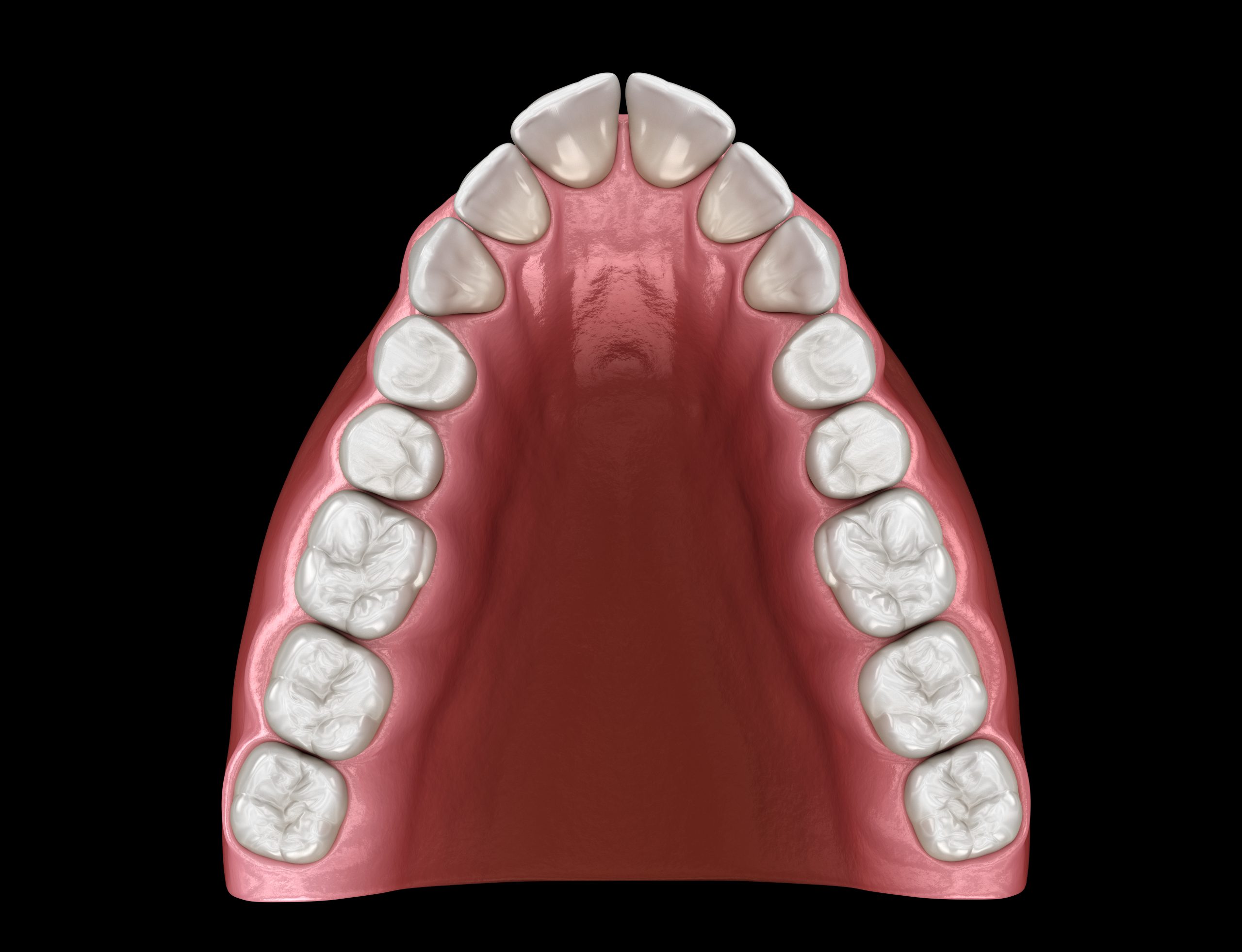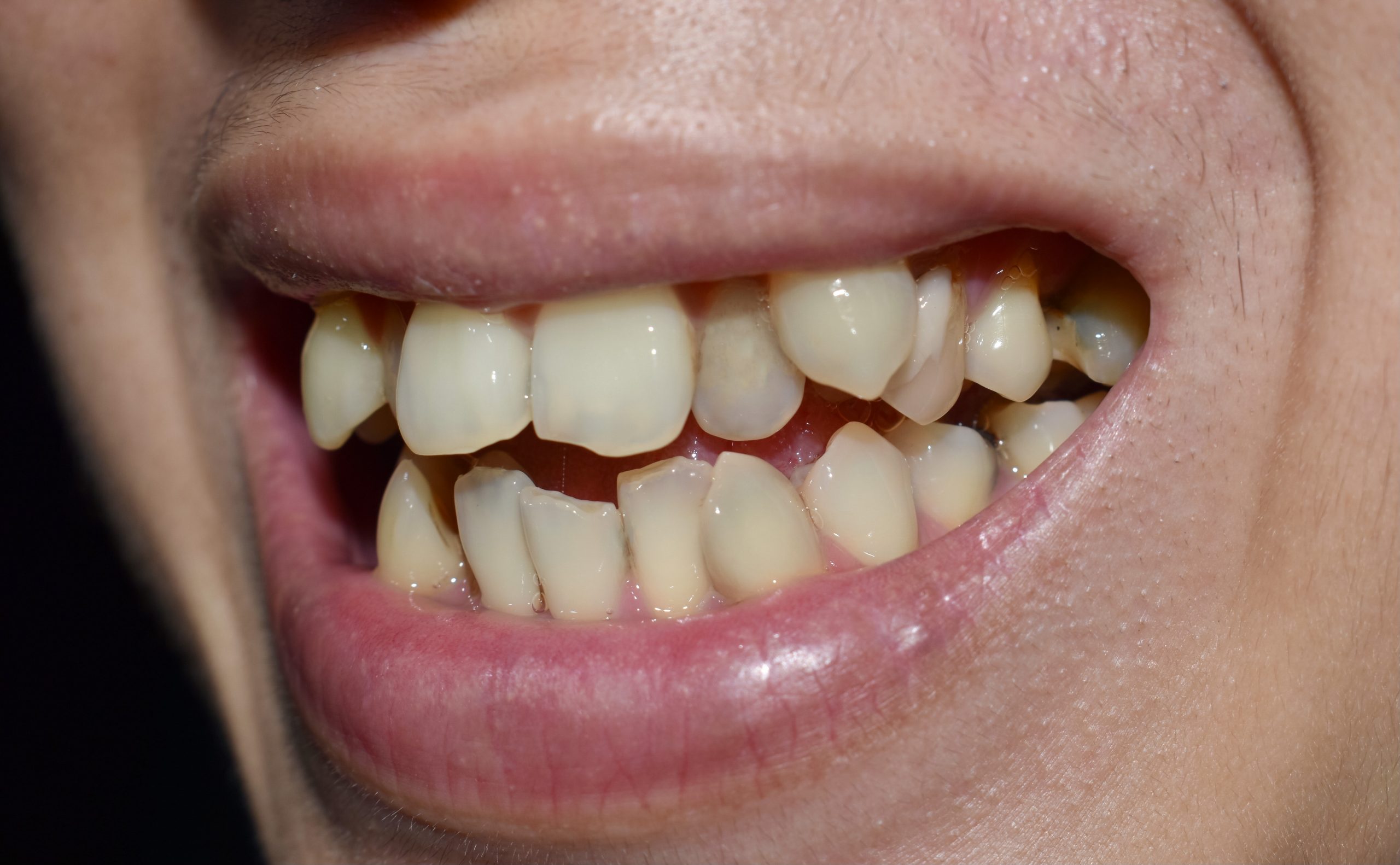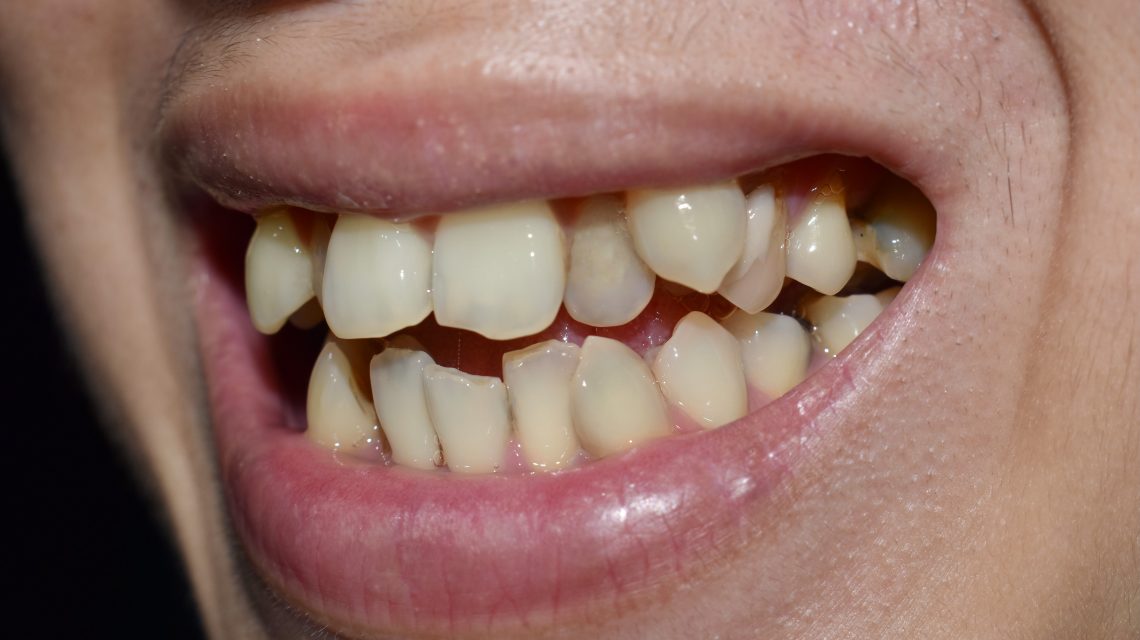Did you know that crowded teeth in children can mean that they have breathing issues?

In part 1 of this series, I described how the tongue shapes the upper jaw, nasal passages and breathing, and tooth position in a developing child, and how all that occurs before the age of 10 and ends up having massive life changing consequences if this process is disrupted. So we looked at how the tongue influences skeletal growth and the volume of the nasal passages, and the position of the posterior teeth due to forces from the tongue and the buccinator muscle. And the same is true for the anterior teeth, which are positioned by the tongue and lip forces in a developing child.

If you consider a high narrow upper arch you begin to understand where that comes from, which is a difference in forces where the buccinator muscle (the cheeks) push in, and if there is a lack of pressure from the tongue to push out, because the tongue had to drop to get air into the lungs, the upper arch gets squished and this prevents it from developing properly. So you get a narrow arch.
In an ideal arch development, as the child is growing, we want to see the upper arch well developed and wider than the lower arch. But if allergies occur, causing swelling of the adenoids and tonsils resulting in obstruction of air trying to come in through the nose, the tongue has to drop in order to allow air to come in through the mouth. When the tongue drops, it removes the balancing outward forces against the buccinator muscles and the arch becomes narrow. So what happens next?

Normal tooth eruption is like this: you get central incisors erupting first, then the lateral incisors, then the bicuspids, and the molars, and the finally the canines. If there is no room in the arch because the arch is too narrow then the canines have no place to erupt. So they end up erupting ectopically (out of position) or become impacted. So if you see impacted or ectopic canines, that’s a sign of a narrow arch.
This is how it occurs: if a child is unable to breathe through the nose, tongue has to drop to get air in, and when it drops, the buccinator muscle has no competition and it takes over. The pressure from the buccinator muscle and the lack of tongue pushing out results in the arch narrowing. But there is another real problem long-term issue for these kid - see Part 3 of this blog.

